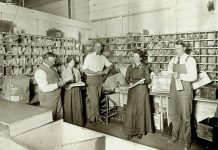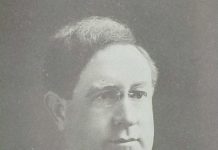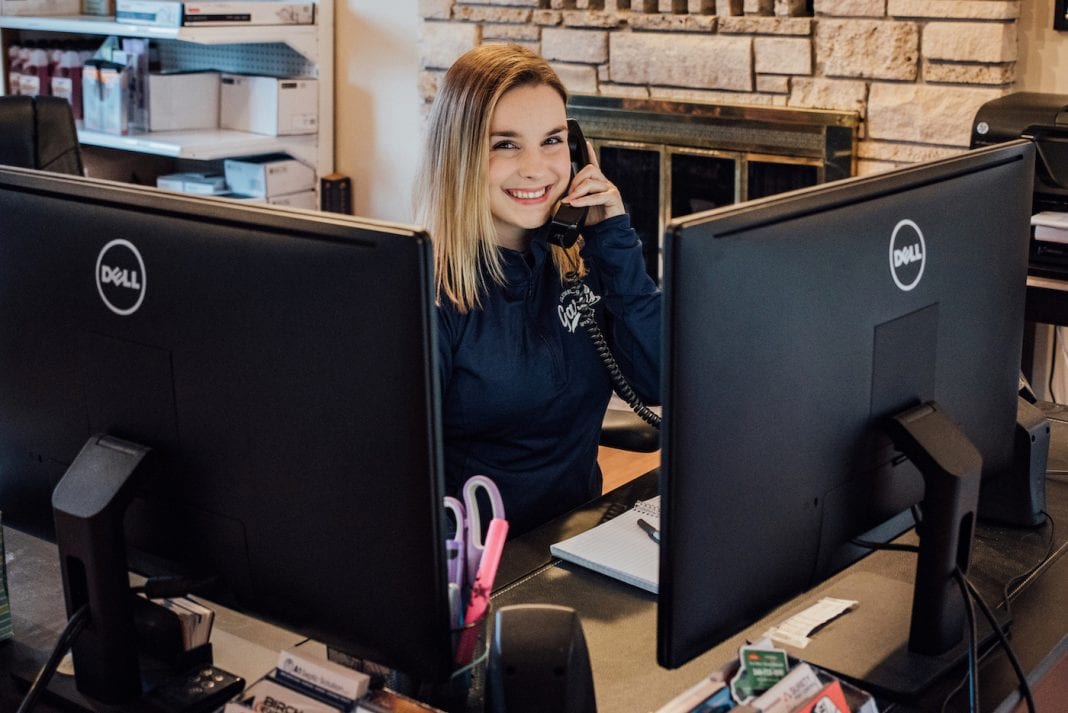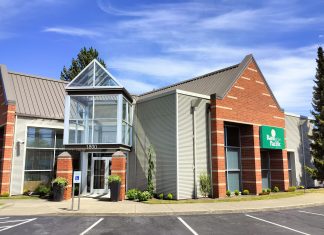During cold snaps and chilly winter months, it’s more important than ever to have your furnace serviced by trained professionals. Gary’s Plumbing and Heating cares for your safety and is urging Whatcom County residents to take active steps against possible carbon monoxide in your homes.

If your furnace stops working, Gary’s will be there to help. But what they’re really concerned about is your family’s health and safety. Gary’s urges homeowners to service their furnaces yearly in order to cut back on the chance of carbon monoxide in your home.
“In Ferndale, there was a family that had carbon monoxide [CO] poisoning,” says Mary Gibb of Gary’s Plumbing and Heating. “That is a real big danger; 1,500 deaths occur a year from CO. If your heating unit is old, not installed properly or is cracked, the gasses can come out. It’s a silent killer you need to be vigilant about.”
Each winter, a household generally uses their furnace for around 900 hours. “If you’re using it that much, you need to make sure it’s properly maintained,” says Gibb.
“We’ve definitely had customers with CO,” she says. “If you get a cracked heating exchanger, you’re in danger of CO poisoning, it’s serious.”
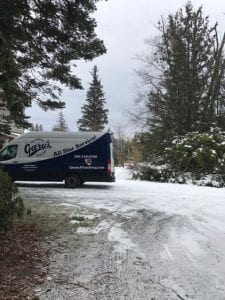
Often customers confuse a general furnace service with a service call. “A gentleman replaced something last year – a pilot light – but never did a service,” says Gibb. “Now one year later, he’s calling with no heat.”
A service is a complete tune-up of your furnace. In car speak, they essentially clean your spark plugs and rotate your tires. Heating techs clean and tweak everything in your heater making it run cleanly at its best capacity.
This brings you energy savings and peace of mind. After a furnace service, you can sleep soundly knowing that your heat exchanger is in good repair.
A cracked heat exchanger is the number one cause of leaked Carbon Monoxide in your home.
Top Four Reasons Your Heat Exchanger Can Crack:
1. Poor Maintenance

Your home’s furnace has hundreds of moving parts. New systems are made up of computers and circuit boards, all of which can get dusty and covered with airborne allergens, pollutants, pet hair and dust mites. Trained technicians get in there and clear it out while checking for burnt out bulbs and circuits, lowering the risk of fires and gas leaks.
During the inspection, techs examine the heat exchanger for signs of corrosion and cracks.
2. Your Heater Is Not Sized Correctly
It’s important that your furnace is sized properly for the home. Each heater has a general output. If your furnace is built for a 1,000 square foot home, but your home is 2,000 square feet, it’s working overtime to heat the space.
Overworking your furnace puts undue pressure on the unit, causing it to burn out and possibly crack the heat exchanger prematurely.
3. Low Airflow
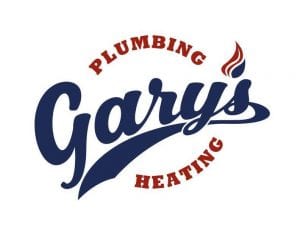
Low airflow happens because of a dirty air filter. Check your filter often. Some need to be changed out every month, three months or six months. It’s important to know what type of filter you need and keep a schedule of when to change it.
If you have pets, construction projects or wildfire smoke in the air, you need to change your filters more often. Dirty filters don’t allow air to flow freely through the blower, causing stress on the unit. This can eventually cause the heat exchanger to crack.
4. Poor Ductwork
If you have poor ductwork, your unit is cycling too often, or there are extreme temperature differences between the outside and inside of your home, these can all cause extra stress for your furnace.
Getting a tune up will save you the worry and potential safety hazards of a cracked heat exchanger.
“Wrap your pipe with insulation,” says Gibb.
Gary’s provides this service, or you can go under the house and wrap it up yourself. “Animals like to chew it and mess around down there,” Gibb says. “Rodents like to go someplace warm, so the odds are it’ll get messed with at your home.”
Gibb recommends putting a surge protector on your furnace. “In extreme weather, we’ve had power outages and some of the heating systems have a lot of electronics. You need to protect the heater with so many computer parts.”
One customer recently had a power surge during a winter storm. The computer panel on his furnace blew out, costing him several thousand dollars to repair.
Lastly, Gibb warns to never put a gas barbecue inside your home. Barbeques and generators can both put off carbon monoxide.
Gary’s cares for their customers and the safety of Whatcom County families. Hundreds of happy customers speak for themselves.
The U.S. Consumer Product Safety Commission (CPSC) recommends that every home should have a CO alarm on each floor outside of bedrooms.
Gary’s Plumbing and Heating is offering a giveaway for three free carbon monoxide detectors. Click here to learn more.
Call Gary’s today to secure a furnace service appointment.
Sponsored









